Nasosali: dirty history of vacuum cleaners
From hand-driven devices to Hoover vacuum cleaners - how a modern gadget appeared, indispensable for maintaining cleanliness
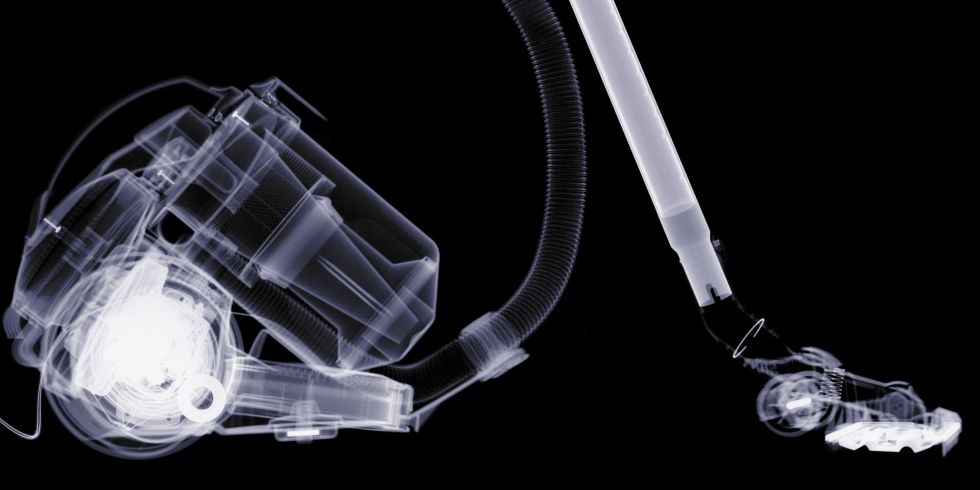
If, according to an English proverb, purity is almost divinity, then a vacuum cleaner is an instrument for a religious ceremony. This noisy device of a strange form solves a completely mundane task - it accurately and effectively sucks in dirt. Although billions of dollars are spinning in the modern business of producing vacuum cleaners, you will be surprised to learn that the main device of the machine and its performance have not changed over the past hundred years.
“A 1910 vacuum cleaner would clean the carpet just like a modern one,” says Tom Gasco, one of the eminent vacuum history historians and curator of the vacuum cleaner museum at Tacony Manufacturing in St. James, Missouri. And here is the dirty story of a house cleaning machine, from coarse carpet cleaners and horse-drawn carriages to Hoover vacuum cleaners.
')
Dawn aspirated
It all started with a broomstick. Archaeologists found rudimentary brooms dating back to 2300 BC, but an effective broom was invented only in 1797, when Massachusetts farmer Levi Dickenson noticed how his wife was suffering with an ordinary broom. It was badly chalked, and stubble fell out of it. Dickenson invented a broom made of sorghum - grain, growing tall with corn, and used for animal feed. The stalks of sorghum are tough, durable and do not fall apart; they turned out to be excellent broom material. Dickenson made several dozen brooms, selling them to neighbors. Three years later, a farmer with sons and employees produced and sold hundreds of broomsticks for buyers from New England. By 1850, sorghum brooms gave a new name to cereals - broomcorn .

September 1958. A housewife help desk employee vacuums the living room of a businesswoman while she is resting.
Pretty soon, people started looking for a better, less tedious and more technological way to clean their rooms. In England, inventors registered patents on mechanical sweepers for streets, floors and carpets. Their simple internal arrangement was in the system of pulleys and cranks that rotated the brush, sweeping dirt into the receiver. But these complex devices were not much better than brooms. In 1858, Hiram Herrick from Boston apparently registered the first US patent for a carpet sweeper (although it was just a copy of the British patent). It was a round rotating brush with a scoop. In the next couple of years, the inventors filed patents with minor improvements to this device. They were made very little, and sold - even less.
Then Daniel Hess appeared. In a country on the threshold of the Civil War, an inventor from Iowa changed the world of carpet sweeping, adding a simple thing: air. A patent from 1860 describes his invention : "The essence of my invention is to suck up fine dust and dirt into a car by suctioning air." Hess's car worked from a manual drive - she needed bellows for suction, which severely limited her abilities (not surprisingly, historians agree that Hess never built her car). But his device was the first to have a rudimentary scheme, similar to today's vacuum cleaner.
Improving the concept, in 1869, Yves McGuffy from Chicago used a fan to move the air and set the car upright. He, too, understood marketing better than Hess, having written in a patent: “Dust and dirt gathering in houses are a source of irritation for all good housewives. My invention is just trying to eliminate these difficulties. ” But, despite good intentions, “Whirlwind” from Maguffy was not successful. At a price of $ 25 retail ( today's $ 450 ) and hand-operated using the Whirlwind was harder than a simple broom. The device almost ruined the company, and thanks to poor sales and two fires in the factory, all the Whirlwinds were destroyed by 1872 .
More power
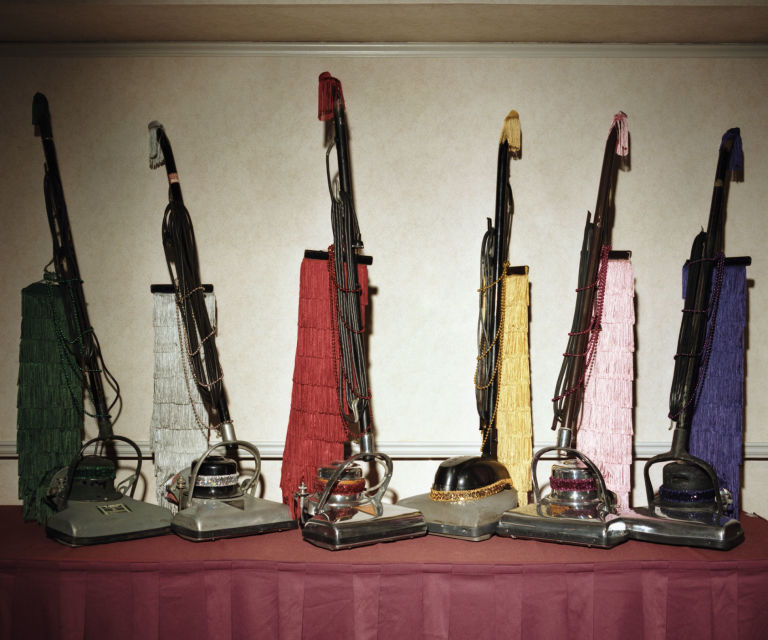
The problem of the inventors was that the movement of air is only part of the solution to the problem. Vacuuming is boring, but simple, because electricity does all the work. No one wants to manually feed their Dyson or Hoover.
By the end of the 19th century, this dream was helped by technical progress. Gasoline as a source of energy appeared in 1892 . In 1898, John Thurman of St. Louis created the gasoline “ pneumatic carpet renewer ”. Technically, it was not a vacuum cleaner, since it did not suck in - it produced an “air blow”, blowing dust into the receiver. The device had the dimensions of a horse carriage . Fortunately, Thurman took home calls. He placed ads in the newspaper St. Louis Dispatch and took $ 4 per departure (today's $ 110-115), creating a moderately successful business.
Many with varying success tried to improve the device Thurman. It is said that an unknown inventor at a trade fair in London claimed that his carpet cleaner on gas was the best and new invention when English engineer Hubert Cecil Booth turned to him. According to a 1935 article that Booth wrote about this case many years later, the inventor was very annoyed when Booth asked him why this device did not suck in dust, instead of blowing it out. “He got hot and said that it’s impossible to suck in dust,” wrote Booth.
But Bout was more visible. As a successful engineer of the British Royal Navy, he did reverse engineering the patent of Thurman and invented the "Puffing Billy." Big, red, working on gasoline, he defiled through the streets of London on a cart drawn by a horse. The device is often seen on the streets of the city, with hoses stretching from the car into large buildings. "Puffing Billy" received serious orders. According to The Atlantic, in 1902, Bout was charged with clearing Westminster Abbey for the coronation of Edward VII and Queen Alexandra. The royal couple was so impressed with the device that they bought Booth’s cars for Buckingham Palace and Windsor Castle. During the First World Detachment of the Puffing Billys, the Crystal Palace in London was cleared after naval reservists came down with typhus.
At the turn of the century, the device Bout not only drove through the streets. It was built into the homes of wealthy people, thus creating a central vacuum system. “They were built into buildings, hotels, high-rises in New York ...“ In fact, it was a Bout vacuum cleaner installed in one of the rooms of the building, ”says Gasco. "They have become very popular among people with big houses, but not among those who had a regular house."
That was the problem. Due to the high cost and size of the vacuum cleaners, they were given only to the cream of society. In 1907 this situation was changed by a cleaner from Ohio.
O'Hoover '
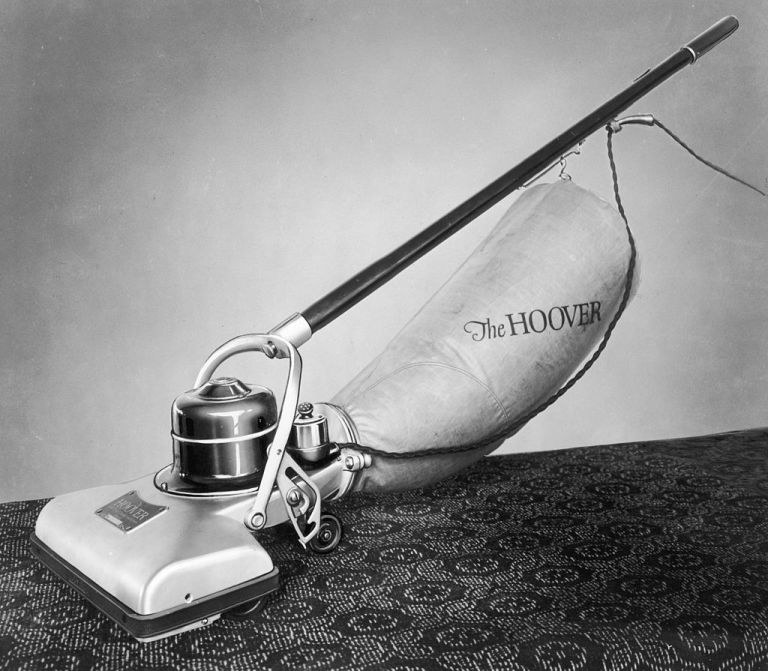
Hoover vacuum cleaner, the first to use aluminum for the housing. Around 1923.
It cannot be said that James Murray Spangler invented the vacuum cleaner - but he definitely made a revolution in this area. A 60-year-old store cleaner in Canton, Ohio, Spangler cleaned the entire building every night. It was not only a long and difficult job - it had a bad effect on his asthma. As an inventor, he invented his monster Frankenstein, taking a broom, a pillowcase and an electric motor . According to Gask, the difference between the Spangler machine was that it was vertical and portable. “She used the motor from the ceiling fan and the blades to create the air flow ... he used a leather belt attached to a rotating brush, which he took from a sweeper for carpets. No one else could clean the carpet like this because they didn’t have a motorized brush. ”
The rough car worked well, sucked up the dirt and blew it into a pillow case attached to it from behind. Spangler patented it in 1907 and quit to open the company Electric Suction Sweeper Company ("electric suction sweeper"). Investors (among them were store owners) helped him start production. This was not enough - after purchasing 75 motors and production Spangler had to lay the house. "He went bankrupt, and the creditors actually took his house - they closed the doors and put it up for auction," says Gasco. With his financial problems, Spangler turned to one of the grateful clients, th cousin Susan Hoover.
Her husband was William Hoover, who had already successfully made leather goods. Despite initial concerns, Hoover acquired the patent from Spangler in 1908, and invested money in marketing, development and research, as well as direct sales. As a result, it was Hoover who turned Spangler's invention into a successful business. Carol Ganz, author of The Vacuum Cleaner: A History, a book on the history of vacuum cleaners, said in an interview : “Without Hoover, Spangler’s business would have run amok.”
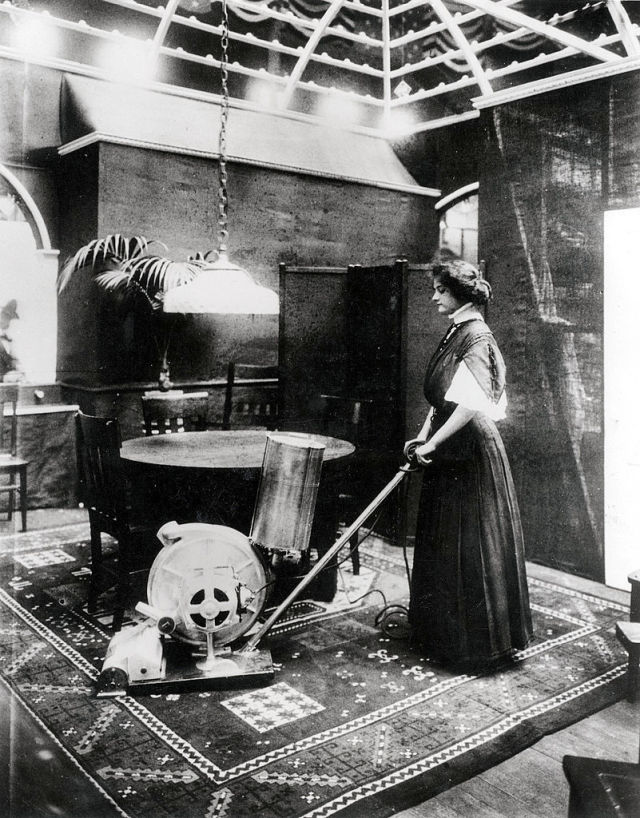
Vacuum cleaner 1910, popular with young and rich wives
After a hundred years, everyone knows the name of Hoover. The company makes millions. At some point in America, the vacuuming procedure even began to be called hoovering. However, the home vacuum cleaner has not changed much since Spangler’s prototype. It has become thinner, quieter and smaller. But, according to Gasco, “going back to the 1930s, nothing new has since been invented”.
Is that vacuum cleaners began to work worse, their motors fail faster, and the dust clogs the printed circuit boards. “The engines of the 1910 vacuum cleaners consumed 200 watts and rotated at a speed of 1000-3000 revolutions per minute,” says Gasco. - By the 1930s, many already consumed about 400 watts and rotated at speeds of 5,000 to 6,000 rpm, but wore out 8 times faster. The faster it rotates, the faster it wears. ” Today, the new Hoover engine consumes 1,300 watts, and the new Dyson rotates at 104,000 revolutions per minute . “And it's not that he sucks harder or more powerful,” says Gasco. It just spins faster.
In the time since Hoover’s purchase of Spangler’s patent, several useful additions have taken place to improve the dust collection process. Vacuum cleaners have become cleaner thanks to small-pored bags, which appeared in 1930, and modern HEPA bags and filters . Vacuum cleaners have become smaller and lighter, up to the patent of the 1975 Black and Decker cordless vacuum cleaner , and the appearance in 1978 of the Dustbuster (handheld mini-vacuum cleaner).
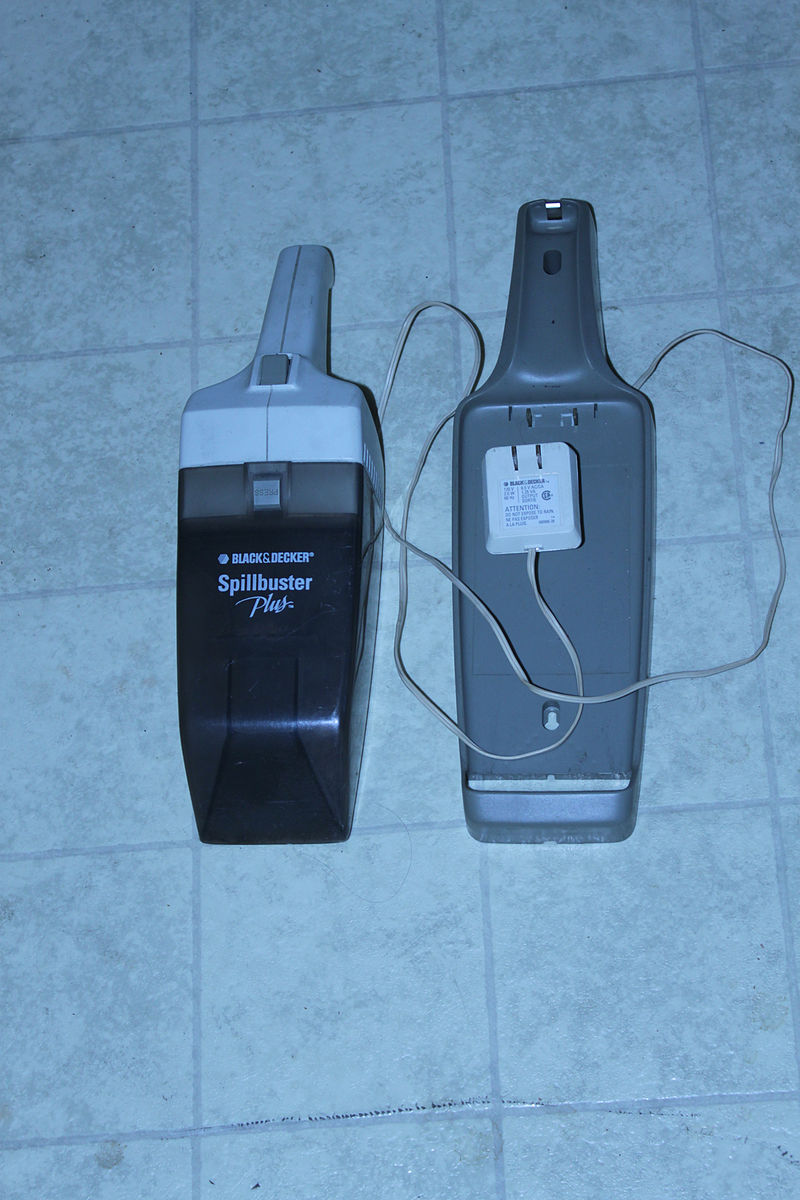
Dustbuster
They have become more stylish and awesome, for example, as the 1991 G-Force from Dyson - a status symbol of $ 2000. Of course, Roomba has recently appeared, having made its debut in 2002 and having moved the cleaning to the robotic era.
But with all these innovations, the vacuum cleaner segonya removes dust with about the same efficiency as it was more than a hundred years ago. He sucks.
Source: https://habr.com/ru/post/394623/
All Articles